- Details
- Last Updated on Friday, 04 January 2019 03:14
Biography 1955 - 1968
1955 - 1968: Employment at Central Geological Survey of Czechoslovakia (ÚÚG), Praha
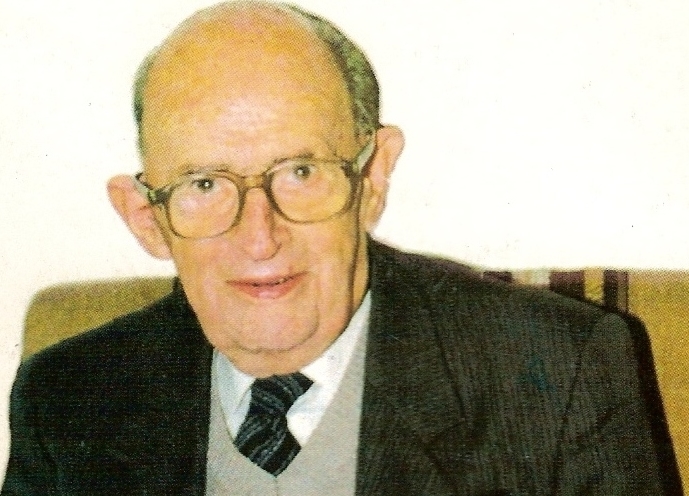 Since September 1955, I became employed in the Central Geological Survey of Czechoslovakia (ÚÚG, Ústřední ústav geologický) in Praha Hradební ulice 9 as a sedimentary petrograph and geochemist in the department of Carpathian (Marine) Neogene, headed by Dr. Tibor Buday. Tibor has been just one year released from the communistic jail. He was my unique professional teacher. Soon, we started mapping for the Geological Map of Czechoslovakia in the scale 1:200,000, from Moravia up to East Slovakia. I processed about 1000 samples yearly from outcrops and boreholes, which - in the South Moravia - exceeded the depth of 4500 meters. My basic method was the study of thin sections, evaluating some full silicate.analyses and semiquantitative spectral analyses. Because most of the materials contained clay minerals, I evaluated the DTAs (Differential Thermal Analyses), GTA (Gravity Thermal Analyses), x-ray diffraction analyses etc..
Since September 1955, I became employed in the Central Geological Survey of Czechoslovakia (ÚÚG, Ústřední ústav geologický) in Praha Hradební ulice 9 as a sedimentary petrograph and geochemist in the department of Carpathian (Marine) Neogene, headed by Dr. Tibor Buday. Tibor has been just one year released from the communistic jail. He was my unique professional teacher. Soon, we started mapping for the Geological Map of Czechoslovakia in the scale 1:200,000, from Moravia up to East Slovakia. I processed about 1000 samples yearly from outcrops and boreholes, which - in the South Moravia - exceeded the depth of 4500 meters. My basic method was the study of thin sections, evaluating some full silicate.analyses and semiquantitative spectral analyses. Because most of the materials contained clay minerals, I evaluated the DTAs (Differential Thermal Analyses), GTA (Gravity Thermal Analyses), x-ray diffraction analyses etc..
Since 1947, mathematics enriched my life - see results.
The life under the communist dictatorship was grey, colorless and full of fear (typical 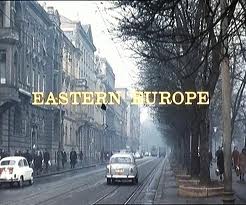 atmosphere see in the photo on the right). According to Lenin, the academic education was considered to form the class enemy (Lenin called the intelectuals "The useful idiots"), so my salary, as of acadamician already low, has hardly increased after reaching PhD degree in 1965. On April 10, 1953, just 20 years old, I married first time..My wife has born our daughter Helena in Náchod, 150 km eastwards from Praha, on the April 30, 1954. Because my wife left our daughter with her mother in Česká Skalice, 140 km eastwards from Praha, our daughter had been living with my wife's mother and did not adjust to live with us. I attempted that, though I had hardly to work on finishing my PhD work - everything is possible: I helped my daugther with homeworks, she helped me with washing dishes — we became friends. However, in the nights, our daugher had been sad being separated from my wife's mother, that made me very sorry. Therefore,. I preferred to divorce in 1963 —10 years after our marriage, to enable our daughter to return to a person whom she loved - the mother of my wife. Two years later, on July 1st, 1965, I married again, on December 17, 1965, our daughter.Martina was born. Because I left all my property to my first wife, inclusively our commonly paid new appartment, I had thus no money, had started from scratch, and —. I have always been a workaholic..
atmosphere see in the photo on the right). According to Lenin, the academic education was considered to form the class enemy (Lenin called the intelectuals "The useful idiots"), so my salary, as of acadamician already low, has hardly increased after reaching PhD degree in 1965. On April 10, 1953, just 20 years old, I married first time..My wife has born our daughter Helena in Náchod, 150 km eastwards from Praha, on the April 30, 1954. Because my wife left our daughter with her mother in Česká Skalice, 140 km eastwards from Praha, our daughter had been living with my wife's mother and did not adjust to live with us. I attempted that, though I had hardly to work on finishing my PhD work - everything is possible: I helped my daugther with homeworks, she helped me with washing dishes — we became friends. However, in the nights, our daugher had been sad being separated from my wife's mother, that made me very sorry. Therefore,. I preferred to divorce in 1963 —10 years after our marriage, to enable our daughter to return to a person whom she loved - the mother of my wife. Two years later, on July 1st, 1965, I married again, on December 17, 1965, our daughter.Martina was born. Because I left all my property to my first wife, inclusively our commonly paid new appartment, I had thus no money, had started from scratch, and —. I have always been a workaholic..
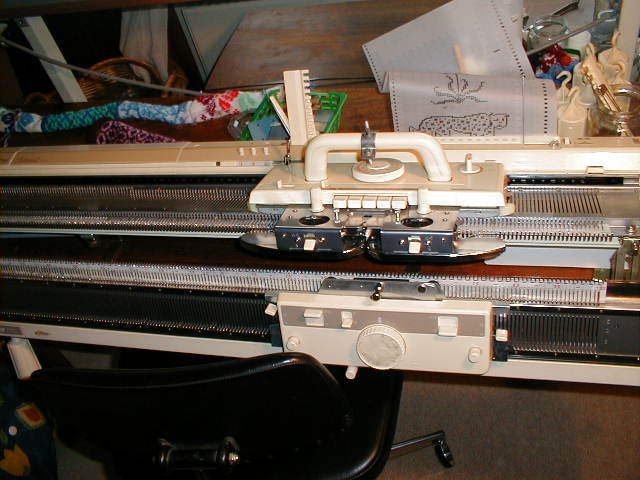 I decided to make money through knitting. I procured western currency from selling rare books to a secondhand bookstore in England (W. Heffer & Sons Ltd., Cambridge), for which my friend at Heffers purchased me in Switzerland a two-bed manual knitting machine Knittax (photo on the left)..I learned knitting on it to produce dresses for attractive girls within about one year: I became a saught producer of knitted dress in Praha (of course, illegal) and had enough clients waiting about one month: they liked wearing clothes "made by Dr. Brezina". Because I could not
I decided to make money through knitting. I procured western currency from selling rare books to a secondhand bookstore in England (W. Heffer & Sons Ltd., Cambridge), for which my friend at Heffers purchased me in Switzerland a two-bed manual knitting machine Knittax (photo on the left)..I learned knitting on it to produce dresses for attractive girls within about one year: I became a saught producer of knitted dress in Praha (of course, illegal) and had enough clients waiting about one month: they liked wearing clothes "made by Dr. Brezina". Because I could not  advertise this business publicly, daily demonstrations of my attractive clients (such as in the photo on the right) did it. This business could "keep us above water": I created a dress in the night from Friday to Saturday, and on Saturday 8:00h morning, a client picked the product at 100 Kčs — the value of our weekend shopping. I used math even in my knitting. I made100 rows by 100 stitches samples of each wool available in Czechoslovakia and used the sample dimensions after a few days of rest in order that my products will keep the correct dimensions after being sold. Using a simple nomograph, I calculated the needed number of rows and stitches from the cm-dimensions of my cut I measured with the order.
advertise this business publicly, daily demonstrations of my attractive clients (such as in the photo on the right) did it. This business could "keep us above water": I created a dress in the night from Friday to Saturday, and on Saturday 8:00h morning, a client picked the product at 100 Kčs — the value of our weekend shopping. I used math even in my knitting. I made100 rows by 100 stitches samples of each wool available in Czechoslovakia and used the sample dimensions after a few days of rest in order that my products will keep the correct dimensions after being sold. Using a simple nomograph, I calculated the needed number of rows and stitches from the cm-dimensions of my cut I measured with the order.
My hobbies (cont.):
In the progress of time, I improved my photographic equipment. First, I purchased a 35mm 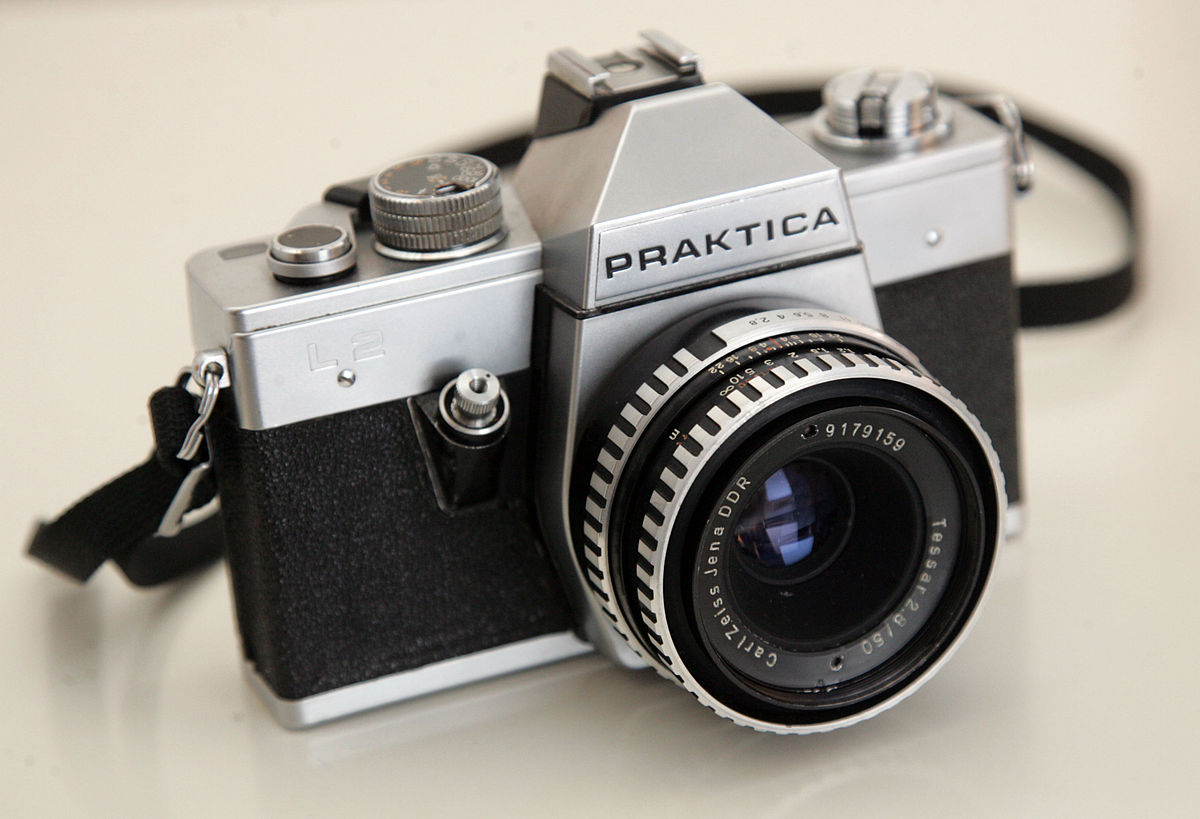 single-lens reflex camera Practica (on the right) with exceptionally good objective lens Tessar™ 2.8/f=50mm. Also, I procured an old camera for 9 x 12 cm glass plates with photosensitive coating. The camera had a diaphragm
single-lens reflex camera Practica (on the right) with exceptionally good objective lens Tessar™ 2.8/f=50mm. Also, I procured an old camera for 9 x 12 cm glass plates with photosensitive coating. The camera had a diaphragm 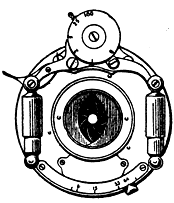 Compur™ shuiter (on the left), a triple extension bellows, tiltable photographic base ideal for restitution of converging lines by perspective and a double objective lens Eurynar™ by Rodenstock (115mm f/6.8). Eurynar could be halved to douvble its focus..I purchased also a stable tripod for professional camera use. I was very proud that Josef Sudek took me as an assistant to his photographing the Praha terraces. I helped him carrying his equipment - his camera used 13x18cm glass plates! We started at 5:00h and have been waiting hours, until a required illumination occured (he loved foggy atmosphere). I learned a lot from him. Also, I had been visiting his atelier once per week and enjoyed listening fantastic examples from his music collection on shellac phonograph records.
Compur™ shuiter (on the left), a triple extension bellows, tiltable photographic base ideal for restitution of converging lines by perspective and a double objective lens Eurynar™ by Rodenstock (115mm f/6.8). Eurynar could be halved to douvble its focus..I purchased also a stable tripod for professional camera use. I was very proud that Josef Sudek took me as an assistant to his photographing the Praha terraces. I helped him carrying his equipment - his camera used 13x18cm glass plates! We started at 5:00h and have been waiting hours, until a required illumination occured (he loved foggy atmosphere). I learned a lot from him. Also, I had been visiting his atelier once per week and enjoyed listening fantastic examples from his music collection on shellac phonograph records.
I had been studying a lot of literature — articles from sometime hardly available periodicals (per inter-librarian exchange etc.). However, in those times there were no copiers as Xerox available in my country. So I decided to photograph the articles by my camera (Practica). To speed up the process, I constructed a hollow wooden cube with one side open and fixed my camera into the top center through the head of my tripode. To stabilize the exposures, I used a wire shutter release. This equipment enabled me rapid photographing of one A4 page per view on a 35 mm black-and-white orthopan film. To reed the film stripes easily (there were no slide projectors available in that time), I constructed an auto-focusing reader of about 60 cm long film stripes enclosed in thin glass. In the progress of time, I cumulated hundreds of these film stripes. The auto-focusing reader had a special projecting lens with a back-illimination through a condensor lens. The reader projected each photographed page onto a frontal screen — a large mat glass.
Science under the Communistic Nightmare.
Buying western books for my own personal library -- does Communistic geology stand on hovno??
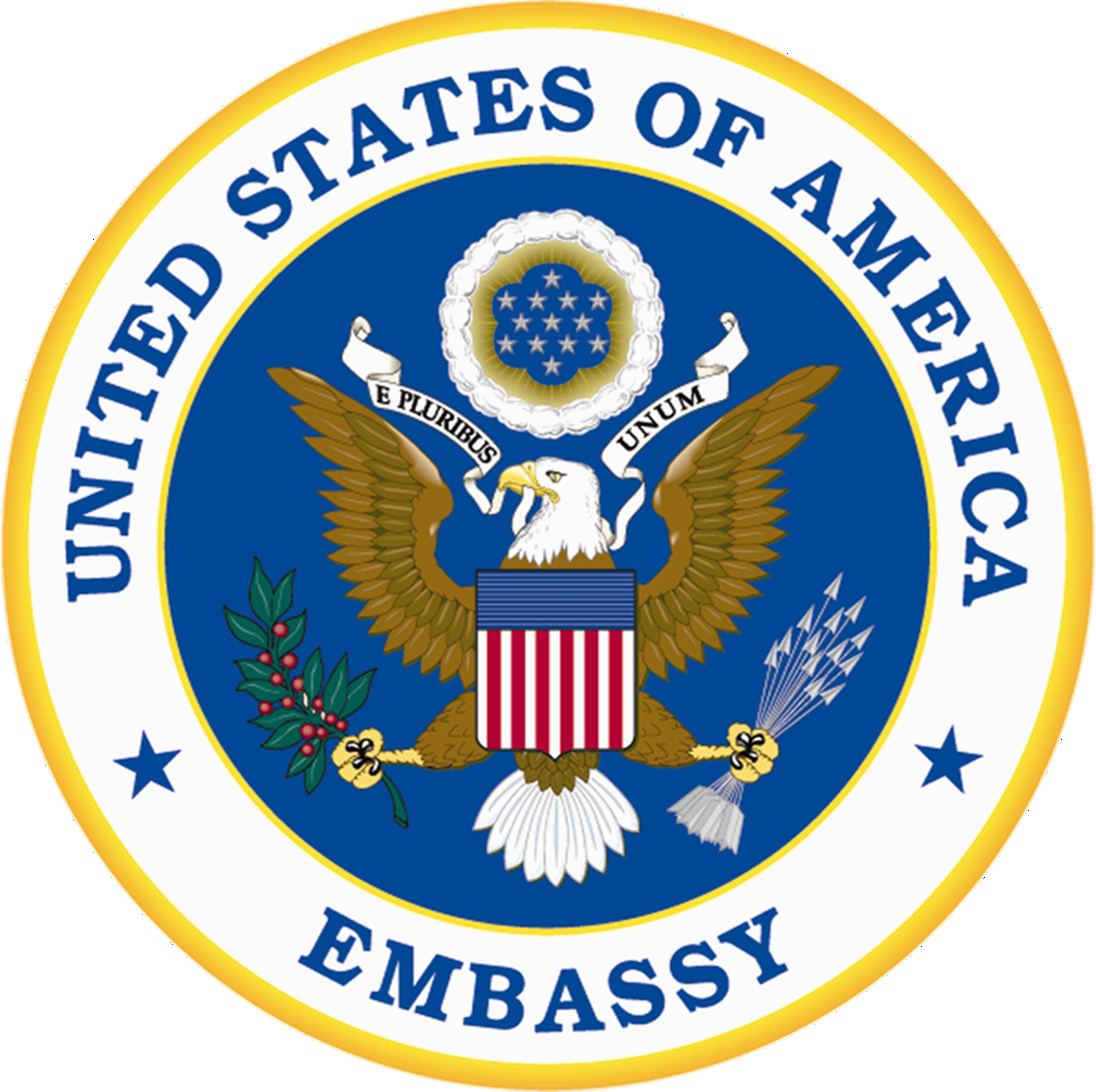 In 1956 it became possible for the first time for me to buy an important scientific book for my private library. The cultural
In 1956 it became possible for the first time for me to buy an important scientific book for my private library. The cultural 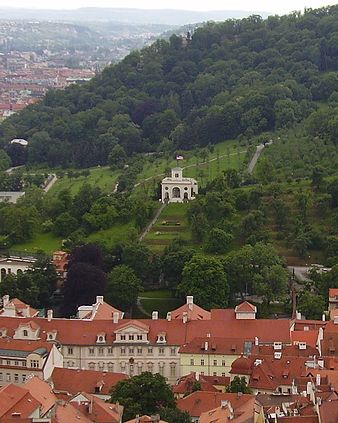
The "shadow" followed me. I jumped into a street car, which he also did, while always keeping a distance from me. After I changed street cars several times (I had a ticket with a universal validity for all street cars in Prague that allowed me to do that), I was sure that in fact three "shadows" in total had been following me - each changing places with the others at various points. I decided to approach the last one of them, and tell him that, in fact, I wanted to buy scientific literature at my own expense in order to work better in my position as a geologist. It was only through a trick that I could approach him: whereas he was in the first car, I took a position near the last exit of the last car, jumped out, ran backwards around a corner, and waited. I caught him when he passed the corner, and asked him why was he following me.
Of course, he denied any association with me. I asked him to show me his ID in front of the nearest policemen. He agreed, and I found out that his name was Jaroslav Beer, a tailor, who lived in the SNB Street of Praha Vršovice. How naive I was: certainly his ID card would not reveal that he was "shadow". It was strange that a tailor would have a universal street car ticket... The final evidence of his activities came half an hour after I arrived at the Geological Survey: a representative of the Communistic party called me to come to their special meeting. I was the subject of that meeting.
And they knew everything about my US embassy enterprise. After I said that I wanted to buy the 2nd edition of Sedimentary Rocks by F. J. Pettijohn, the party chairman, a geologist one year older than I was and who studied geology in the Soviet Union, asked me whether I thought that Czechoslovakian geology is based on American geology. I pointed to his feet and said: "If your geology does not, you stand on hovno ." The membership responded with a groan. I had demonstrated that I was not a good geologist (one deserving of the trust of the socialistic society), and should be expelled from the Survey, a category A high level scientific institution. I could only remain employed there if I gave them compromising knowledge about one of the Party Committee members. I never did give any, and amazingly, they turned a blind eye to my case with no further immediate consequences for me.
Publication in a western periodical — a success under the Communist Dictatorship
In 1962, as an employee of the Central Geological Survey of Czechoslovakia (UUG), I prepared a research paper (#33: 1963b, Kapteyn's Transformation...) for submission to a journal in the United States (Journal of Sedimentary Petrology 1963). However, before I could send the article to the editors, I had to hand it over to government censors for political, not scientific, approval. This seemingly trivial activity underscores the lack of freedom both in one's personal and professional life, particularly in this matter. Scientists in any Western country would consider it ordinary, even mundane.
 My American contacts – the first visitor surprised the ÚÚG communist leaders so much that they failed to prohibit it to me
My American contacts – the first visitor surprised the ÚÚG communist leaders so much that they failed to prohibit it to me
In early 60ies, I had corresponded with Dr. Felix Chayes (Geophysical Laboratory, Carnegie Institution, Bethesda, Washington, D.C.) 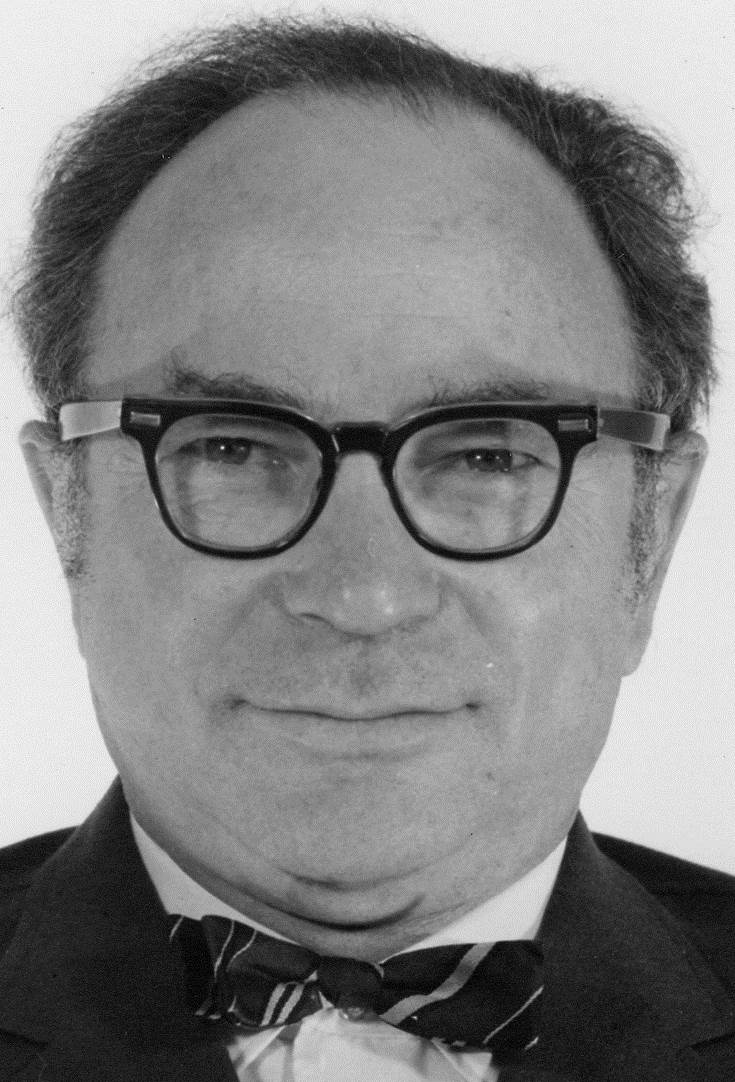 illegally through the iron curtain, because I have been also dealing with modal analysis. He and his charming wife Irene Hendry, eventually came to visit me in Praha, Czechoslovakia, for 3 weeks in May1963. They arrived in a rented car (Opel) from Vienna. I had arranged for Felix a lecture at the Geological Department of the Faculty of Natural Science of Charles University in Praha and had prepared a very nice geological excursion (of about 1500 km) for them throughout the country. I consulted geological experts specialized in our fields of interest to join us, including Dr. Lubomír Kopecký (expert for volcanites in the Central-Bohemian Uplands - he gave Felix a few kilograms of Bohemian garnets and deep borehole cores of "rare"exotic rocks such as the Czech kimberlites) and Miroslav Kuthan (director of GÚDŠ, Geological Survey of Slovakia). Felix collected several hundred kilograms of minerals and rocks on the trip, that he later donated to the Smithsonian Museum The communists among my employer, the Central Geological Survey of Czechoslovakia (ÚÚG), were shocked: from among all geoscientists, Felix was the first American (the enemy number 1) to "invade" Czechoslovakia after 1948. The shock of his visit was so startling that they were not able to prohibit the Felix's visit to me. After he left for America, they interrogated me and warned me never to do anything like that again.
illegally through the iron curtain, because I have been also dealing with modal analysis. He and his charming wife Irene Hendry, eventually came to visit me in Praha, Czechoslovakia, for 3 weeks in May1963. They arrived in a rented car (Opel) from Vienna. I had arranged for Felix a lecture at the Geological Department of the Faculty of Natural Science of Charles University in Praha and had prepared a very nice geological excursion (of about 1500 km) for them throughout the country. I consulted geological experts specialized in our fields of interest to join us, including Dr. Lubomír Kopecký (expert for volcanites in the Central-Bohemian Uplands - he gave Felix a few kilograms of Bohemian garnets and deep borehole cores of "rare"exotic rocks such as the Czech kimberlites) and Miroslav Kuthan (director of GÚDŠ, Geological Survey of Slovakia). Felix collected several hundred kilograms of minerals and rocks on the trip, that he later donated to the Smithsonian Museum The communists among my employer, the Central Geological Survey of Czechoslovakia (ÚÚG), were shocked: from among all geoscientists, Felix was the first American (the enemy number 1) to "invade" Czechoslovakia after 1948. The shock of his visit was so startling that they were not able to prohibit the Felix's visit to me. After he left for America, they interrogated me and warned me never to do anything like that again.
Before our geological excursion, we (Felix, Irene and I) had visited the nicest sites in old Town of Praha including the terraces and gardens below the Hradčana castle. If they visited me one year earlier (May 1962). I guessed that Felix 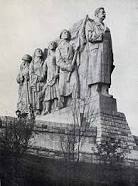 used this unique opportunity to take photographs of the gigantic sculpture of Stalin (see on the right) - either before or just after its dynamite demolition (perhaps of pieces and fragments). While enjoying the old city, Irene especially felt traces of Franz Kafkaeverywhere. The Chayes's both had much better knowledge of Kafka than I had, because Kafka was among those individuals prohibited by the communists. This is one of the means by which the communists kept the nation ignorant about important cultural values, such as expressionism, fauvism, surrealism and Art nouveau (sezession, Jugendstil). It was difficult to get information along this line, even when these subjects were well represented by Czech artists before WW II. Even my interest in English language was considered suspicious, so I had to learn it privately, from half-legal sources, such as BBC
used this unique opportunity to take photographs of the gigantic sculpture of Stalin (see on the right) - either before or just after its dynamite demolition (perhaps of pieces and fragments). While enjoying the old city, Irene especially felt traces of Franz Kafkaeverywhere. The Chayes's both had much better knowledge of Kafka than I had, because Kafka was among those individuals prohibited by the communists. This is one of the means by which the communists kept the nation ignorant about important cultural values, such as expressionism, fauvism, surrealism and Art nouveau (sezession, Jugendstil). It was difficult to get information along this line, even when these subjects were well represented by Czech artists before WW II. Even my interest in English language was considered suspicious, so I had to learn it privately, from half-legal sources, such as BBC 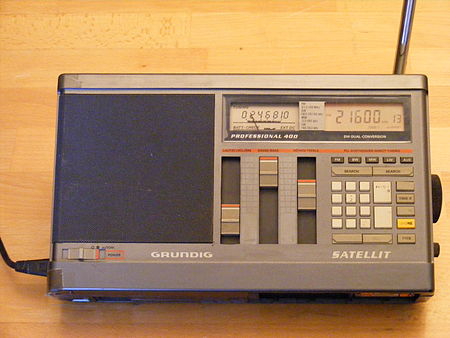 short-wave transmission course "English by Radio" (I used their twice per month issued notebooks; the subscription had to be paid illegally). This is why my understanding of plain (not scientific) English was difficult. While traveling on our geological trip, Felix helped me practice some words and patiently completed my understanding of them with interesting explanations. Irene was the emotional member of our caravane. I loved them both. I am dreaming about the chance to meet Irene again, and perhaps drink tea or coffee with her. .
short-wave transmission course "English by Radio" (I used their twice per month issued notebooks; the subscription had to be paid illegally). This is why my understanding of plain (not scientific) English was difficult. While traveling on our geological trip, Felix helped me practice some words and patiently completed my understanding of them with interesting explanations. Irene was the emotional member of our caravane. I loved them both. I am dreaming about the chance to meet Irene again, and perhaps drink tea or coffee with her. .
Of course, I had an American visitor again — already the following year: Dr. Lewis M. Cline (editor of Journal Sedimentary Petrology) with his family wanted to visit me. Though Lewis called me several time from his trip (waiting in Bern, Switzerland), and I urged an entrance permission for him, the ÚÚG communists disabled his entry to Czechoslovakia. I was deeply ashamed.
I have been in written contact with many other western (particularly US) 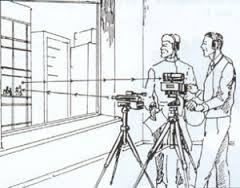 geoscientists – all contacts were traced by the secret police of Czechoslovakia (directional tracing - on the right), as I learnedin August and September 1967 during my two 8-hour-interrogations. They traced me since December 1966 upon a denunciation. The tracing included x-raying of my sent and received letters (special hi-technology by focused long-wave x-rays imported from Sweden), recording my street discussions with foreigners by powerful directional microphones, interrogations of 22 persons that knew me, and perhaps even some "bugs" in my environment.
geoscientists – all contacts were traced by the secret police of Czechoslovakia (directional tracing - on the right), as I learnedin August and September 1967 during my two 8-hour-interrogations. They traced me since December 1966 upon a denunciation. The tracing included x-raying of my sent and received letters (special hi-technology by focused long-wave x-rays imported from Sweden), recording my street discussions with foreigners by powerful directional microphones, interrogations of 22 persons that knew me, and perhaps even some "bugs" in my environment.
Sometime between 1965 and 1967, the National Geographic photographer James P. Blair wanted to interview me to report about the life of a typical Czechoslovakian geologist. Unfortunately, the communists of my employer, ÚÚG, prohibited that to me again. So he produced an article on Czechoslovakia based on interviews with others. His report appearedin the National Geographic Magazine in February 1968.
In that difficult time,I considered it a special honor that I had been in contact with the following USgeoscientists, mostly sedimentologists, who helped me with comments on my manuscript Kapteyn’s Transformation… for Jour. Sedim. Petrology 1963:
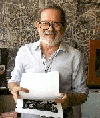
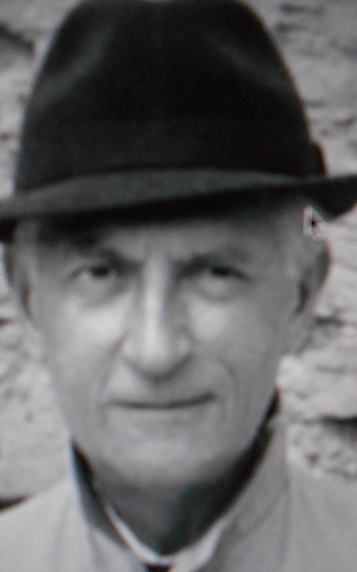 Dr. Robert Louis Folk (1925-2018); University of Texas, Austin) – he started to learn Czech, my native language and could use it even recently, when I called him on his 92th birthday (30-SEP-2017)..
Dr. Robert Louis Folk (1925-2018); University of Texas, Austin) – he started to learn Czech, my native language and could use it even recently, when I called him on his 92th birthday (30-SEP-2017).. - Dr. William Christian Krumbein (1902-1979; Northwestern University, Evanston, IL; 1970's photo by Daniel F. Merriam on the left) – the top 20th century sedimentologist. We had intended to meet in August 1968 at the 23rd International Geological Congress in Praha, however, he wrote to me on 7 October 1968 and explained that he „managed to get as far as London on August 21, just before all flights to Czechoslovakia were cancelled“. Professor Krumbein’s recommendation was instrumental in my application for the
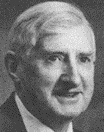 Alexander von Humboldt Postdoctoral Fellowship (Bonn - Bad Godesberg, Germany), at the Institute of Mechanical Engineering, Prof. Dr.-Ing. Hans Rumpf, Technical University of Karlsruhe, 1969-1972. I had always appreciated Krumbein's fundamental sedimentological ideas — all my sedimentological work has followed my life vision — to extend the body of his work. Now - more than 50 years later - I can say: I did it, also in My teaching. The 50 years of my work was the legacy of W. C. Krumbein.
Alexander von Humboldt Postdoctoral Fellowship (Bonn - Bad Godesberg, Germany), at the Institute of Mechanical Engineering, Prof. Dr.-Ing. Hans Rumpf, Technical University of Karlsruhe, 1969-1972. I had always appreciated Krumbein's fundamental sedimentological ideas — all my sedimentological work has followed my life vision — to extend the body of his work. Now - more than 50 years later - I can say: I did it, also in My teaching. The 50 years of my work was the legacy of W. C. Krumbein. - Dr. John Cedric Griffiths (1912-1979; Pennsylvania State University, PA, USA; photo on the left).

- Dr. Joseph R. Curray (1927-now; Scripps Institution of Oceanography, University of California, San Diego, CA, USA; photo on the right) - in 1960, demonstrated graphically a pioneering idea: to decompose natural PHI distribution into a mixture of Gaussian components and use each component as a natural tracer. I extended Joe's idea to especially PSI distributions of all sandy sediments.
- Dr. Tjeerd "Jerry" van Andel (1923 - 2010), a few years later, used an analog subtractive solution of Joe's Curray's idea (by DuPont Curve Resolver 810);
- Dr. Gerard Viner ‘Gerry’ Middleton (1931-now; McMaster University, Hamilton, Ontario, Canada); after reading my 1962 manuscript (Kapteyn's transformation, 1963), in which I used a decadic logarithm of sedimentation velocity and called it BETA, Gerry used a binary logarithm of sedimentation velocity in cm/sec and called it PSI, similar to Krumbein’s PHI, the binary logarithm of grain size in mm. This made his unit popular. However, decadic logs are easier used than binary ones, because they are compatible with our decadic numeric system.
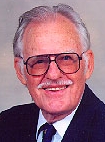 Special appreciation goes to three pioneers in mathematical geology. After written contacts since 1967 (illegal for me in communist Czechoslovakia), I met them both as late as I left Czechoslovakia (24-AUG-1968) at the 26th Intl. Geol. Congress Paris 1980. They were iniciative in the most modern way of geological sciences: quantification solutions software enabled by the latest computer technology:
Special appreciation goes to three pioneers in mathematical geology. After written contacts since 1967 (illegal for me in communist Czechoslovakia), I met them both as late as I left Czechoslovakia (24-AUG-1968) at the 26th Intl. Geol. Congress Paris 1980. They were iniciative in the most modern way of geological sciences: quantification solutions software enabled by the latest computer technology: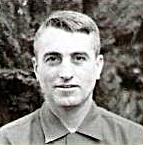
-
-
- Dr. Daniel Francis Merriam (1927-2017; Kansas Geol. Survey, Univ. of Kansas); photo on the left, .
- Dr. John Warvelle Harbaugh (1926-now; Stanford School of Earth Sciences), photo on the right.
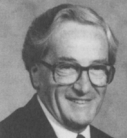
-
- Dr. Eric Harold Timothy "Tim" Whitten (1927-now) 1989 photo on the left — the third outstanding pioneer in mathematical geology.I could contact him first after 2009.

